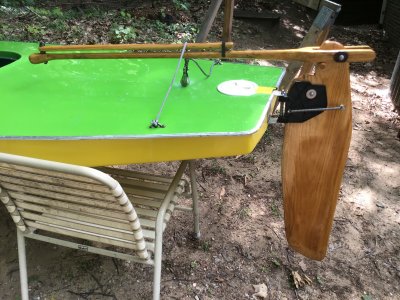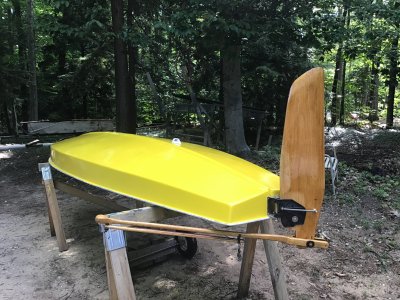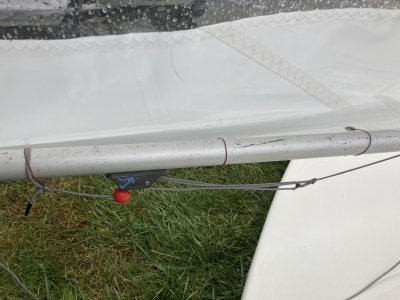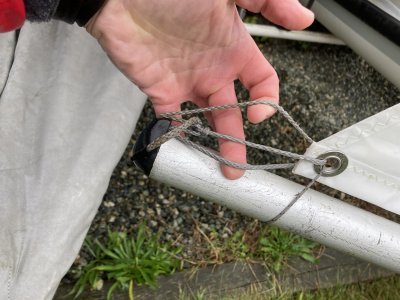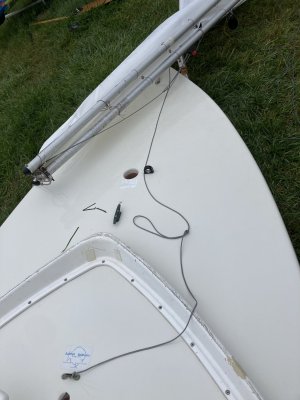Oldfish newfish
New Member
Whatever.
Cascadian wanted to find out what the rudder actually felt like from someone who had sailed one. I have.
I threw in the keelboard for good measure.
Cascadian wanted to find out what the rudder actually felt like from someone who had sailed one. I have.
I threw in the keelboard for good measure.


